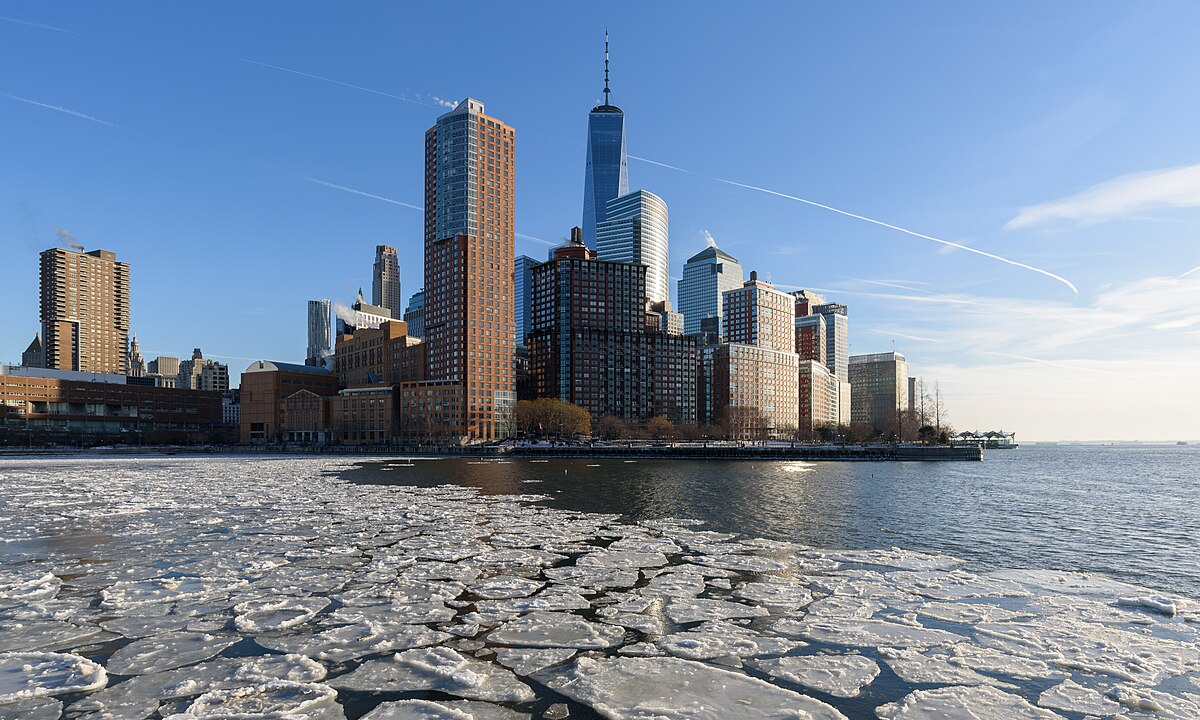
[Battery Park City skyline over a frozen Hudson River, New York City. Attribution King of Hearts]
On Friday, July 25th, the New York State Fire Prevention and Building Code Council approved a new code requiring most new buildings to be all-electric starting in 2026. Politico reported on the code, noting, “The new code requires new single-family homes, small commercial buildings and new residential construction with seven stories or less to be electrified starting next year. All buildings will face the same requirements in 2029, with some exceptions.”
While the state has legal obligations to reduce emissions, including from buildings, the near-term implications raise important technical and economic concerns:
- Cost: Electric resistance heating -- and even cold-climate heat pumps -- generally result in higher operating costs compared to natural gas, especially at current electricity rates.
- Grid Load: The New York State grid remains significantly fossil-fuel dependent, particularly during peak demand. Increasing electric heating loads without upgrades to generation and transmission infrastructure could increase emissions and reliability risks.
- System Performance: Cold-climate Heat pump performance degrades as temperatures drop, raising concerns for upstate regions where it gets cold in the winter.
Politico also notes one outstanding issue is the implementation of the All-Electric Buildings statute, which directs regulators “to define an exemption for buildings where electric service “cannot be reasonably provided by the grid.” You can learn more about that rulemaking at the new York State Department of Public Service’s webpage: Case Number 25-M-0149
If you have questions, please contact Christian Rodrick at crodrick@northeastgas.org

